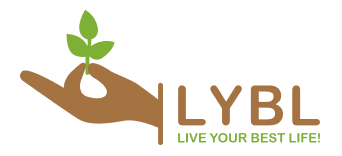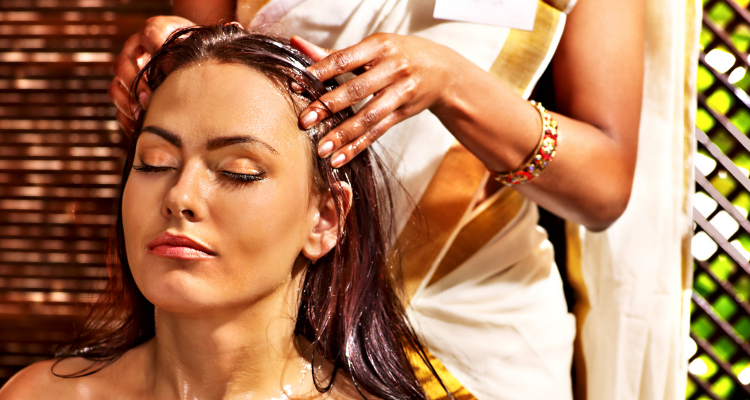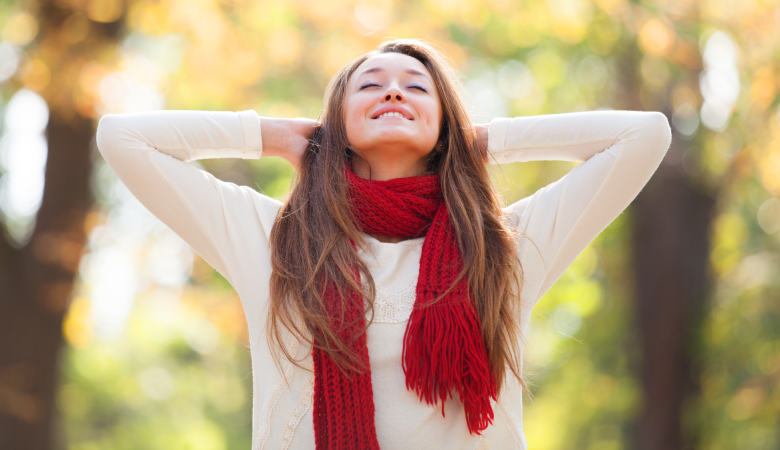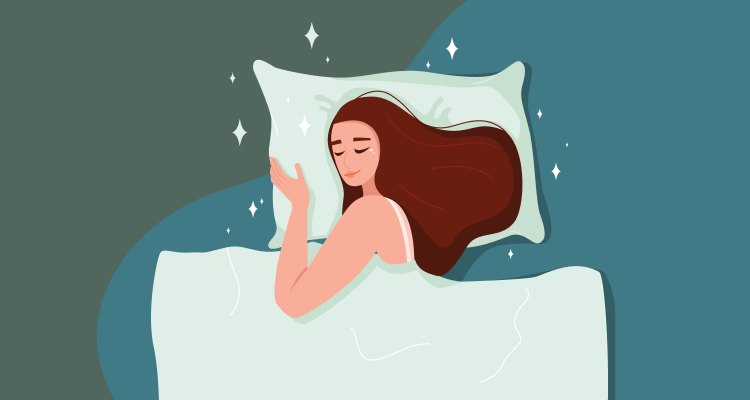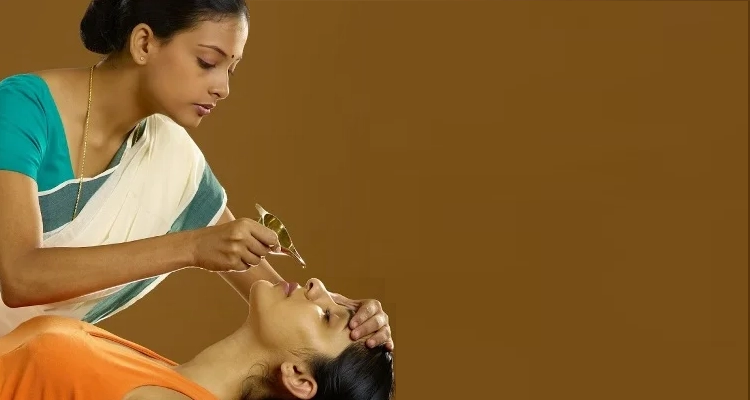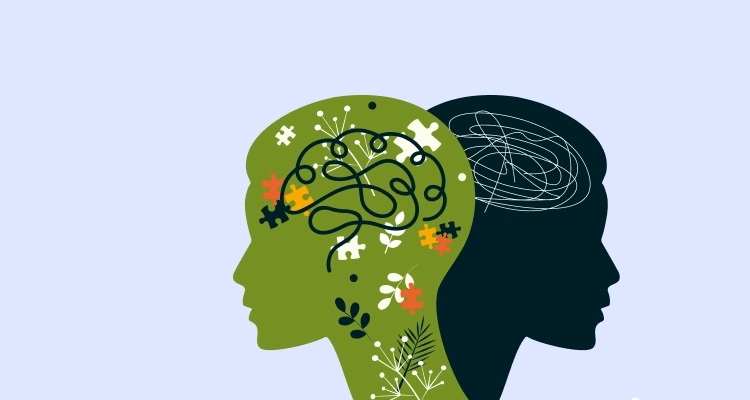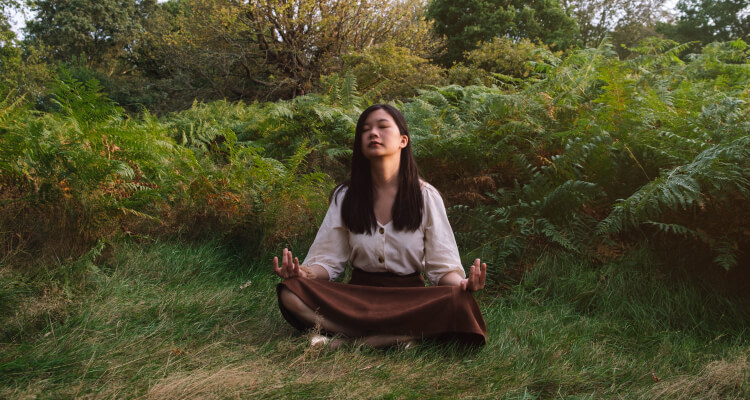We’ve all been there—lying in bed after a long day, mind buzzing from hours of work, endless to-do lists, and too much screen time. In our busy lives, it’s easy to fall into habits that make restful sleep feel out of reach. In the U.S., 30% to 40% of adults deal with poor sleep quality. Between the blue light from devices and the mental overload, winding down can be a struggle—and frustrating. And if you’ve experienced this, you know how tough it can be to feel refreshed in the morning.
But what if the solution lies in ancient wisdom?
Ayurveda and Yogic Science offer powerful insights into why we struggle with sleep. Ayurveda links insomnia, or “anidra,” to imbalances in the body’s doshas—Vata, Pitta, and Kapha—that influence our physical and mental health. Yogic Science, which includes yoga, meditation, and breathing exercises, helps restore balance to the body’s energy and calm an overactive mind. When stress and habits disturb Vata, the dosha responsible for mental activity, it can lead to sleepless nights.
The good news? Simple yoga poses, mindful breathing, and lifestyle changes can help restore balance, relax your body, and improve your sleep.
We’ll explore six yoga poses that can help you unwind and drift into a restful night’s sleep, using the combined wisdom of Ayurveda and Yogic Science to find the peace and relaxation you need.
Child’s Pose (Balasana)
Child’s Pose is a restorative pose that gently stretches the back, hips, and thighs while calming the mind. It’s a soothing, comforting pose that helps release mental and physical stress, making it a perfect addition to your bedtime yoga sequence.

- How to Do It: Kneel on the floor with your big toes touching and your knees apart. Sit back onto your heels and gradually lower your torso forward, extending your arms out in front. Rest your forehead on the mat and let your entire body relax. Hold this position for 2-5 minutes, breathing slowly and deeply.
- When to Do It: Child’s Pose is ideal when you need to slow down and unwind. It’s perfect to do right before bed to calm the mind.
A Pro Tip: Use a bolster or pillow under your chest and head for added support if you find it difficult to reach the floor.
Rabbit Pose (Shashankasana)
Rabbit Pose is a restorative yoga posture that gently eases tension in the back, shoulders, and neck. It’s a perfect way to unwind and let go of tension at the end of the day.

- How to Do It: Kneel on the mat with your knees hip-width apart. Lower your torso forward, extend your arms along the mat, and rest your forehead down. Breathe deeply, allowing your back and neck to gently stretch and relax.
- When to Do It: It is especially beneficial as part of an evening routine, particularly after hours of sitting or desk work, as it helps release tightness in the spine and shoulders.
Seated Forward Bend (Paschimottanasana)
Seated Forward Bend is a deeply calming pose that stretches the entire back of the body, from the spine to the hamstrings, and promotes relaxation by activating the parasympathetic nervous system. It helps shift the body away from “fight or flight” mode and into “rest and digest,” preparing you for restful sleep.

- How to Do It: Sit on the floor keeping your legs straight. Inhale to lengthen your spine. Then exhale as you gently fold forward, reaching toward your feet or ankles. Keep your spine straight and let your head relax. Hold the pose for 1 to 3 minutes, breathing deeply.
- When to Do It: Seated Forward Bend pose can be done as part of your evening wind-down routine, especially after a long day of sitting, to relieve tension in the back and legs.
Precaution: Individuals with back or hamstring injuries should approach the pose gently or consult a healthcare professional before attempting.
Standing Forward Bend (Uttanasana)
Standing Forward Bend provides a gentle stretch to the hamstrings and spine while calming the nervous system. It also encourages blood flow to the brain, which can help alleviate anxiety and clear the mind before bed.

- How to Do It: Stand with your feet about hip-width apart and keep your knees slightly bent. Inhale to elongate your spine, then exhale as you bend forward at the hips, letting your head and arms naturally fall toward the floor. Hold for 1-2 minutes, focusing on slow, deep breaths.
- When to Do It: Standing Forward Bend is great just before bed to release tension in the lower back and legs after a long day of standing or sitting.
A Pro Tip: For those with lower back issues, it’s best to keep your knees slightly bent to prevent straining your back.
Twisted Pose (Vakrasana)
Twisted Pose is a gentle twisting pose that helps release tension in the spine and digestive organs. Twists are especially beneficial before bed because they stimulate digestion and relieve any discomfort that might keep you awake.

- How to Do It: Sit on the floor with your legs extended straight in front of you, keeping your spine tall and shoulders relaxed. Flex your feet so your toes point upward, grounding your sitting bones into the mat. Bend your right knee and set your foot beside your left thigh. Inhale to elongate your spine, then exhale as you twist to the right, resting your left hand on your right knee and your right hand on the floor behind you. After holding for 30 to 60 seconds, switch to the other side.
- When to Do It: Twisted Pose is great after dinner; it aids digestion and releases tension from the spine, helping your body relax before bed.
A Pro Tip: Avoid excessive twisting; the pose should feel comfortable, not painful. For a gentler option, keep your left leg extended straight while placing your left hand behind you for added support and stability. You can also use a yoga block under your elbow for extra support and to prevent strain.
Cat and Cow Pose (Marjari Asana)
Cat and Cow Pose is a dynamic duo of movements that not only warm up the spine but also promote relaxation and mindfulness, making it a fantastic addition to your evening routine.
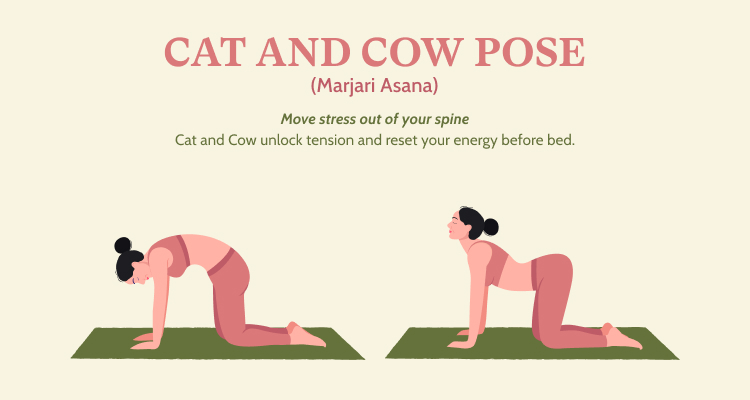
- How to Do It: Start by positioning yourself on your hands and knees, with your hands aligned beneath your shoulders and your knees under your hips. Take a deep breath in, lifting your chest and allowing your belly to drop towards the floor, creating a slight arch in your back (this is Cow Pose). As you exhale, round your back toward the ceiling and tuck your chin to your chest, gently stretching your spine (this is Cat Pose). Continue to move smoothly between these two poses, coordinating your breath with the movement.
- When to Do It: It is best practiced in the evening, especially after a long day of sitting or working, as it helps relieve tension in the back, neck, and spine while preparing your body for a restful night.
Pro Tip: If you want to make this pose even easier on your knees, throw a folded blanket or cushion under them for some extra padding. It’s a simple trick that can make a world of difference, letting you focus on moving your spine without any discomfort.
Ready for a Restful Night’s Sleep?
The benefits of yoga extend beyond just improving your sleep—it’s a long-term approach to wellness that enhances your overall physical and mental health. By committing to these practices regularly, you’re not just seeking immediate relief but investing in a peaceful night’s sleep and a healthier, more balanced lifestyle for years to come.
Remember, while these poses can be practiced at home, it’s always beneficial to do them under the guidance of a qualified yoga practitioner, especially if you’re new to yoga. It ensures you’re using the correct alignment and techniques, maximizing the benefits while minimizing the risk of injury.
At LYBL, we believe in the power of holistic health and wellness. Our mission is to provide you with the resources and support you need to achieve your best self, both mentally and physically.
Our holistic health solutions are tailored to address the root causes of your imbalances. Our personalized yoga sequences, combined with Ayurvedic practices, dietary recommendations, and live consultations, help you achieve physical and mental harmony. Experience a safe, effective approach to wellness, guided by expert Ayurvedic physicians and yoga specialists. So roll out your mat, breathe deeply, and embrace the journey toward better sleep and holistic well-being.
